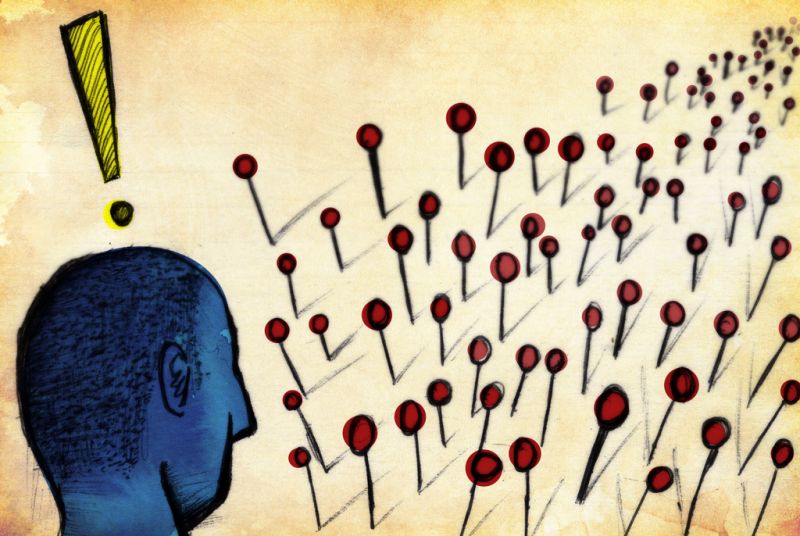
The ever expanding medium of the web is both glorious and overwhelming at the same time. The amount of beauty and information available is tremendous, but keeping track of where I found something has been a constant frustration for me.
One idea that I keep coming back to is the humble bookmark. The bookmark is essentially just a reference to a url on the internet. Most browsers make it very easy to add a new one, and retrieving previous bookmarks is typically only a menu click away. Despite their convenience, however, the traditional browser based management of bookmarks has failed me in a couple major ways.
Specificity
Keeping all of one’s bookmarks in a single browser may work for some of the population, but throughout the day I can have as many as three different browsers running at the same time. On top of that, I enjoy experimenting with new browsers from different vendors when they look interesting to me. Manually exporting and importing bookmarks between browsers is not only tedious, but it leaves me with a bookmark list that is in various states across each of my browsers.
One solution to this problem is something like Xmarks, a service that has extensions for multiple browsers, and is designed to sync each individual browser’s bookmarks. If I add or delete a bookmark in one browser, that change will sync with every other browser that has the extension installed.
This solution is elegant, but I have more issues.
Online Tools
Delicious, Pinboard, and Zootool, are all online tools that attempt to correct some of the shortcomings of browser based bookmarks. They all allow tagging for the purposes of organization, some include a screenshot or visual feature to help identify previously marked items, and they all get around the issue of syncing by being a third party service.
Instead of staying in my browser then, I would navigate to one of these outside pages, find my link, and go from there. These services are all quite popular with their respective audiences, but I haven’t quite gotten the hang of putting them into my web browsing flow. Most of them use some kind of bookmarklet or extension to enable the easy addition of links, but few include a way to easily browse my links in the browser. Also, I haven’t been impressed with the website thumbnails some of these sites generate.
Visual Browsing
My other issue with bookmarks is that looking at them within a web browser typically means browsing a hierarchal menu of links. There may be a favicon, and the title will give some clues as to what you’re clicking on, but really I am forced to click on a link just to see what is. Often times I save a webpage not because I want the content, but because I like the design, so just seeing a list of titles doesn’t help.
For this, there is something called LittleSnapper. This program has a built in browser, and it will take a screenshot of the entire length of a page and save it. The great thing about this approach is that is saves both an image of the site, as well as a link to the live site. The main downside is that it is a completely separate application from the browser, so adding a new page is more manual, and the resulting library isn’t integrated with your primary browser.
Conclusion?
Not really! Unfortunately I haven’t found anything that I really like yet. I am currently using LittleSnapper, and have set up accounts at more than a few web services, but nothing has clicked the way I wanted it to yet. One of the great things about the internet is that maybe somebody out there has already solved the issue, and I simply have yet to discover it, or maybe I already know about it, but I just can’t remember where I saw it…
